
Alex Blutman is a student at Harvard Law School and a member of the Labor and Employment Lab.
Olivia Moultrie and the National Women’s Soccer League have settled the young phenom’s antitrust suit challenging the league’s 18-and-older age restriction. The two sides had previously filed a joint stipulation, which conditioned the settlement on District Judge Karen Immergut vacating two key findings from the case. Judge Immergut agreed, pending the Ninth Circuit remanding the case back to her following the NWSL’s appeal. The settlement provides that should the NWSL and the NWSL Players Association, which are currently in the throes of their first collective bargaining negotiation, agree on a contract that contains an age eligibility standard beyond Moultrie’s age, she could become ineligible, as the rule would be exempt from antitrust scrutiny under the non-statutory labor exemption.
Speaking of the non-statutory labor exemption, following the NCAA’s defeat in Alston, the concept is gaining momentum as a strategy for college sports’ ruling body to avoid the kind of antitrust scrutiny it faced in that case. While the NCAA would have to concede that student-athletes are employees, implementing a bargaining scheme could, in theory, shield the organization from antitrust liability, although a college’s choice to collectively bargain with unionized student-athletes is a novel fact situation, and the idea that it would confer immunity is still speculative. The possible participation of both public and private universities complicates the approach, as unionization attempts at public schools would be governed by the laws of the state in which they’re located. This problem could possibly be sidestepped if players successfully argue that they are joint employees of the NCAA, as student-athletes are attempting to do in Johnson. Student-athlete advocates are generally in favor of a bargaining approach, something that Justice Brett Kavanaugh even suggested in his Alston concurrence, but some experts continue to express caution. Alicia Jessop, academic director of Pepperdine University’s Institute of Entertainment, Media, Sports, and Culture, told Bloomberg, “It would be a cold day in hell before the NCAA wakes up and says, ‘We want college athletes to unionize.’”
After the United States Men’s National Soccer Team’s players union filed an amicus brief in support of their women’s team counterpart in that team’s equal pay fight against U.S. Soccer, the USWNT received two more influential boosts, with the EEOC and the AFL-CIO also filing briefs with the Ninth Circuit. Notably, the AFL-CIO’s brief responded to the district court’s suggestion that the different pay structures negotiated by the men’s and women’s team unions meant that the overall economic value of the respective agreements couldn’t be compared by a jury. Contrarily, the brief argued, it is a well-established labor practice for negotiators and arbitrators to calculate the value of alternative pay schemes proposed during bargaining. This “costing out” of competing agreements should have been conducted by a labor economist or arbitrator, not a federal judge, the AFL-CIO contended. The suit may turn on how the Ninth Circuit evaluates this wrinkle, where an alleged equal pay violation is manifested in the comparison of two separate collective bargaining agreements. The USWNT seeks to rely on Corning Glass Works v. Brennan, wherein the Supreme Court held that a union’s agreeing to pay rate disparities between its male and female plant inspectors did not insulate those disparities from scrutiny under the Equal Pay Act. U.S. Soccer argues that Corning Glass is distinguishable—in that case, a single union represented both men and women, whereas here, the men’s and women’s unions negotiated different pay rate structures in separate CBAs.
In a game between the Miami Marlins and Colorado Rockies last week, a fan was allegedly heard uttering a racial slur while Miami’s Lewis Brinson, who is Black, was up to bat. After an investigation, the Rockies concluded that the fan was yelling the name of the team’s mascot and not directing offensive language toward Brinson. Despite the mix-up, the incident recalls the extent to which professional athletes are often subject to fan abuse. In 2017, Baltimore Orioles centerfielder Adam Jones reported after a game that he was taunted with racial slurs and had a bag of peanuts thrown at him. The problem of fan abuse is often heightened in basketball, where the fans are situated more closely to the players, and the issue became headline news earlier this year when fans returned to arenas as the pandemic was receding. In the span of just a few days, fans at different NBA venues engaged in various forms of abuse: dumping popcorn on Russell Westbrook, spitting on Trae Young, throwing a water bottle at Kyrie Irving, and hurling insults at the family of Ja Morant. The teams responded by banning these fans indefinitely from events at their arenas, and the NBA released a statement warning that it will be vigorously enforcing its enhanced fan code of conduct. These incidents are a reminder that teams and leagues must be active and aggressive in protecting their players’ safety from the fans who are there to enjoy the entertainment produced by the players’ work.
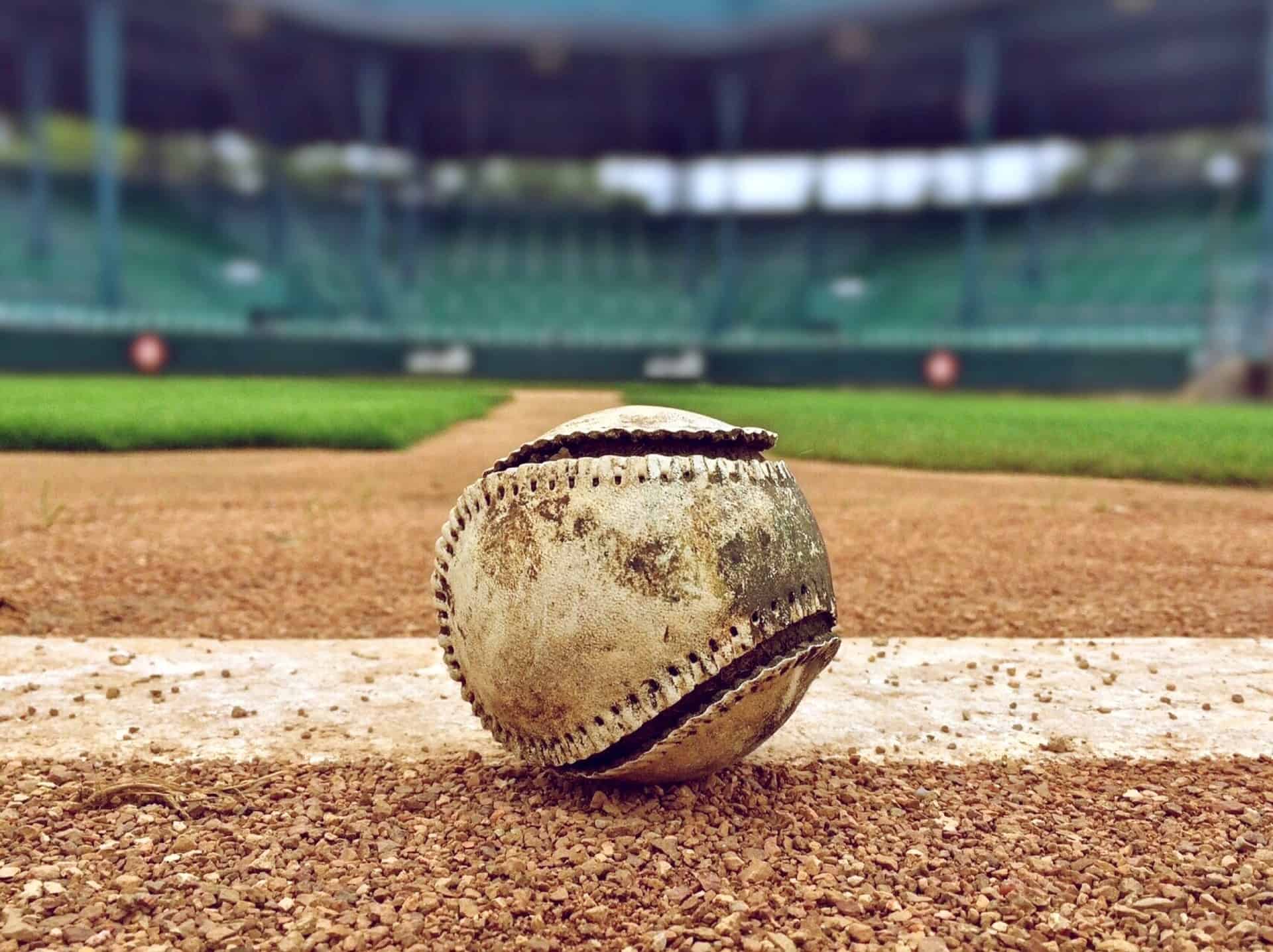

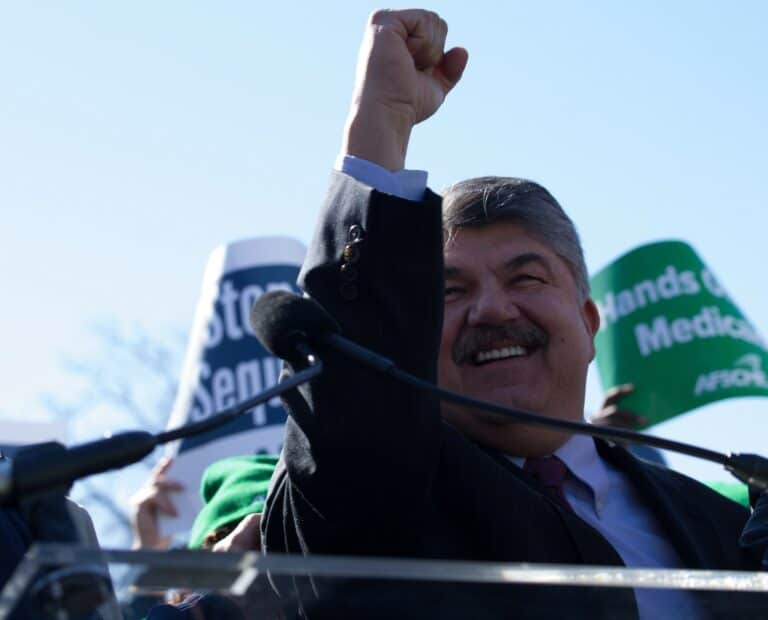
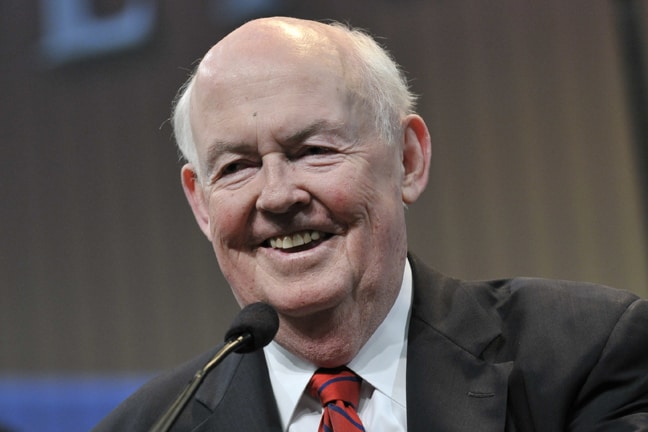
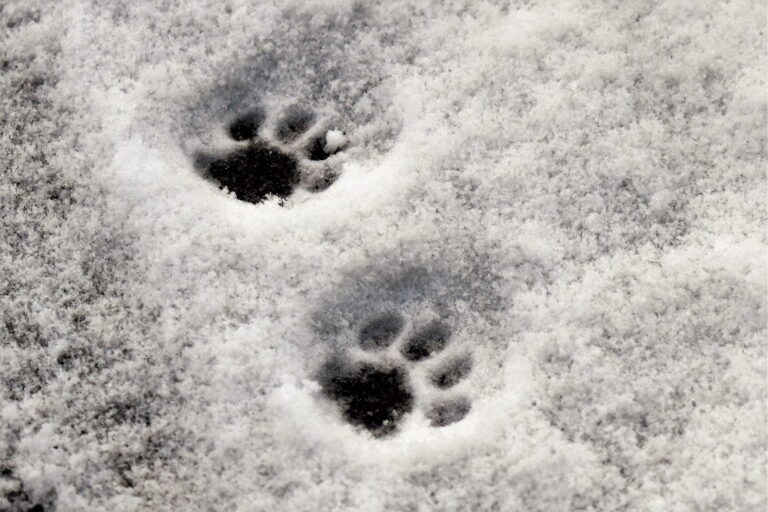

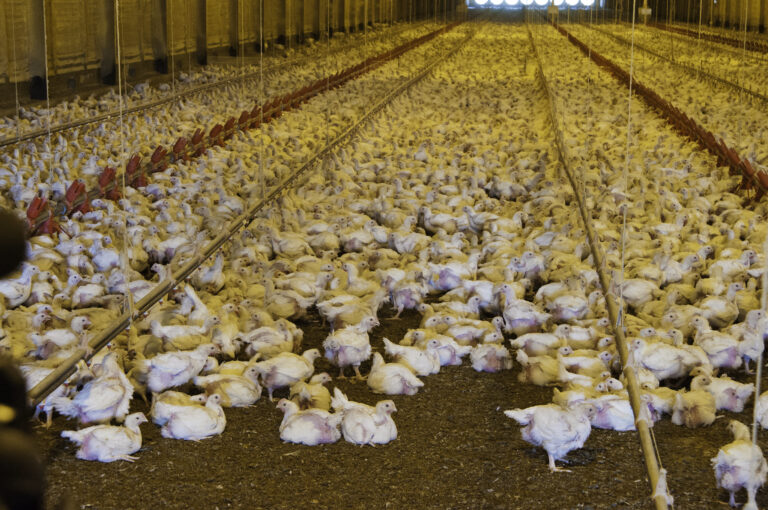


Daily News & Commentary
Start your day with our roundup of the latest labor developments. See all
December 12
OH vetoes bill weakening child labor protections; UT repeals public-sector bargaining ban; SCOTUS takes up case on post-arbitration award jurisdiction
December 11
House forces a vote on the “Protect America’s Workforce Act;” arguments on Trump’s executive order nullifying collective bargaining rights; and Penn State file a petition to form a union.
December 8
Private payrolls fall; NYC Council overrides mayoral veto on pay data; workers sue Starbucks.
December 7
Philadelphia transit workers indicate that a strike is imminent; a federal judge temporarily blocks State Department layoffs; and Virginia lawmakers consider legislation to repeal the state’s “right to work” law.
December 5
Netflix set to acquire Warner Bros., Gen Z men are the most pro-union generation in history, and lawmakers introduce the “No Robot Bosses Act.”
December 4
Unionized journalists win arbitration concerning AI, Starbucks challenges two NLRB rulings in the Fifth Circuit, and Philadelphia transit workers resume contract negotiations.